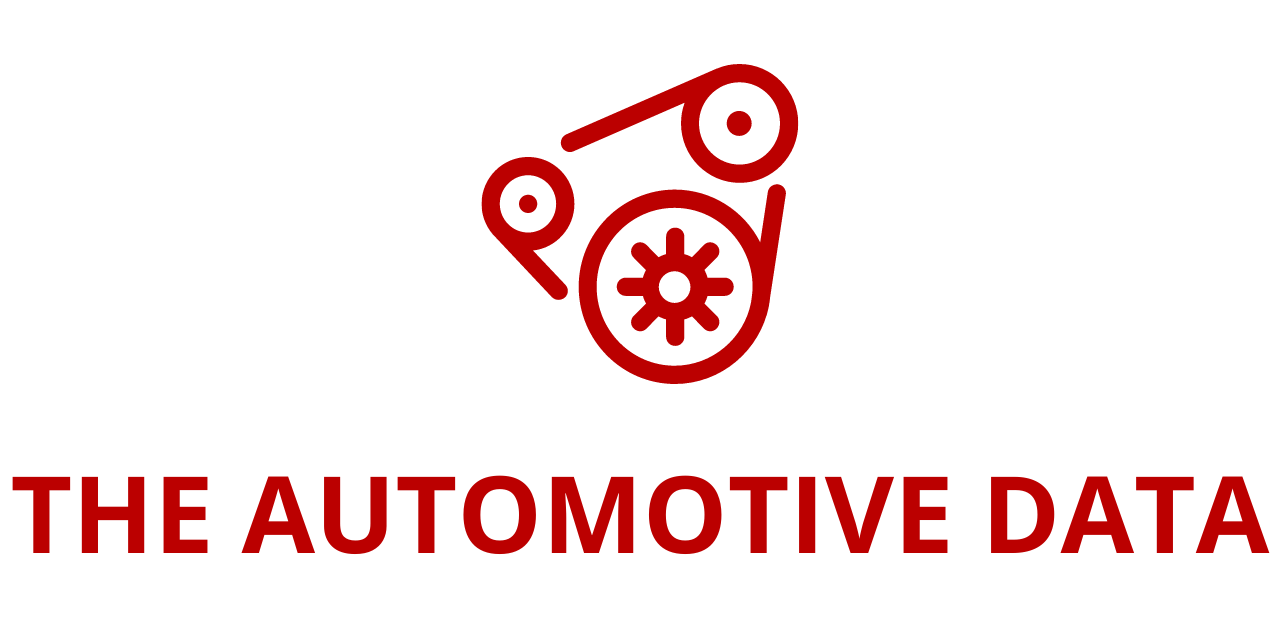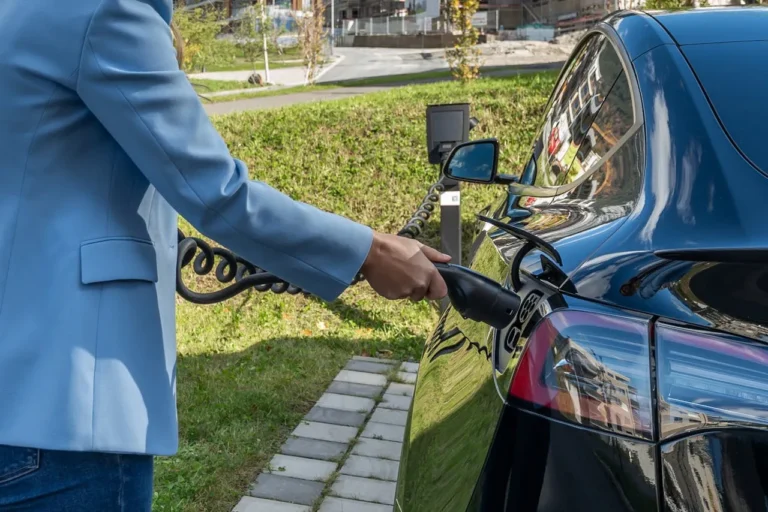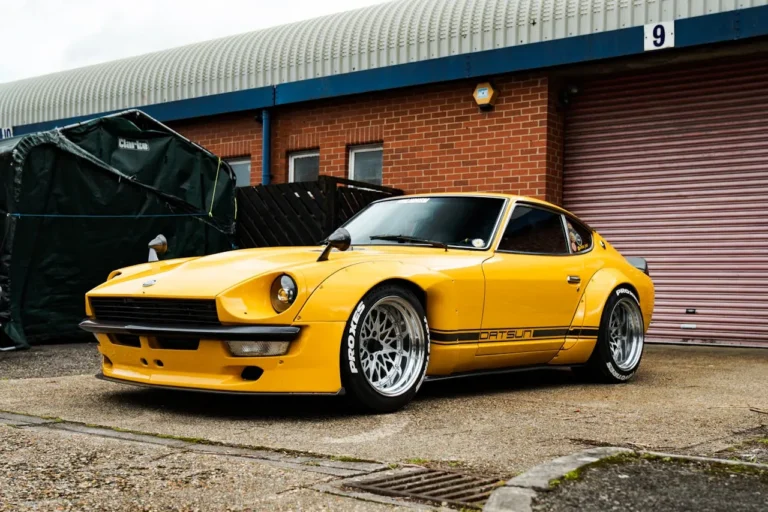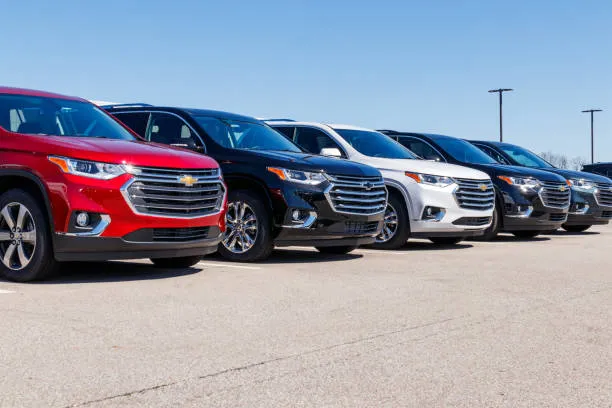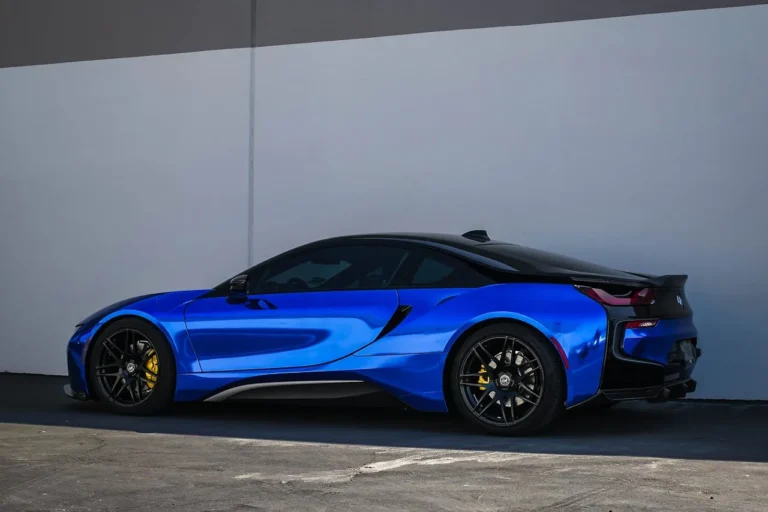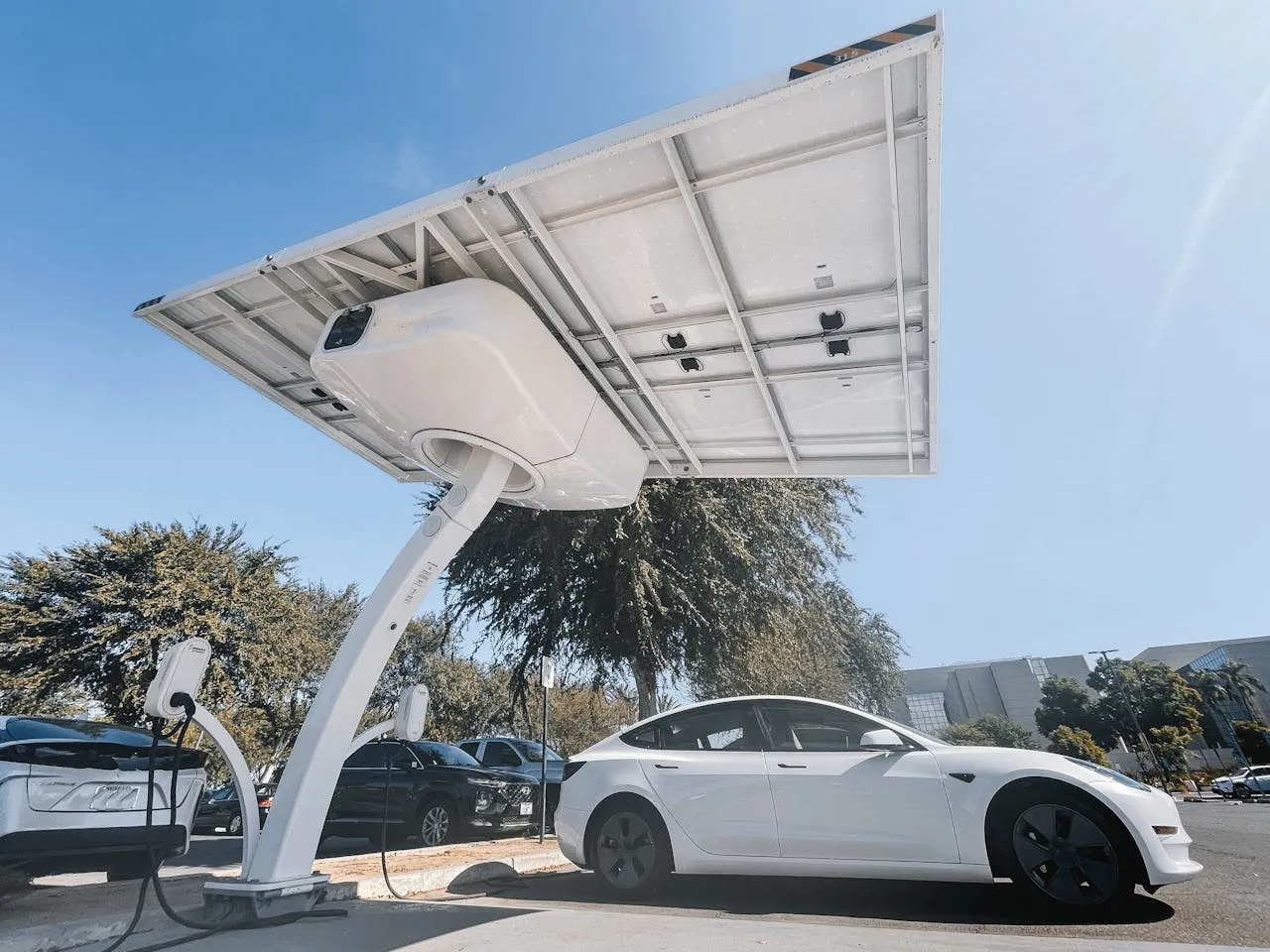
A New Chapter for Retail‑Based Fast Charging in Germany
The retail experience is changing rapidly as shoppers expect not only a breadth of products on the shelves Fast Charger but also value‑added services in the parking lot. One of the most in‑demand conveniences today is the ability to recharge an electric vehicle (EV) quickly while running errands. Recognizing this shift, battery‑storage specialist ADS‑TEC Energy has teamed up with energy utility MVV and the well‑known drugstore chain Müller to blanket Germany with ultra‑fast charging points capable of delivering up to 320 kW per session.
The program will lean heavily on ADS‑TEC Energy’s ChargePost and ChargeBox platforms—compact, battery‑buffered systems that sidestep the need for costly grid upgrades—creating a blueprint for how retailers can comply effortlessly with Germany’s tightening regulatory landscape while enhancing customer loyalty.
The Partnership at a Glance
Under the agreement, Müller will contribute the real estate—parking‑lot spaces at many of its roughly 950 stores across eight European countries, most of which are in Germany. ADS‑TEC Energy, headquartered in Nürtingen and listed on NASDAQ as ADSE, will supply the hardware and battery modules that transform limited grid capacity into charging speeds normally associated with dedicated high‑power sites. Mannheim‑based MVV closes the loop by financing, building, and operating the infrastructure, including 24/7 customer service. This tripartite structure means each participant focuses on its core competency: Müller on retail, ADS‑TEC on technology, and MVV on energy services and operations.
Why Battery‑Buffered Fast Charging Is a Game‑Changer
Conventional high‑power chargers place sudden, enormous loads on the medium‑voltage grid—a reality that often requires expensive grid reinforcements or transformers, especially at commercial sites originally designed for fluorescent lights rather than megawatts of draw. ADS‑TEC Energy’s solution inserts a high‑capacity lithium‑ion battery between the grid and the charging dispenser. During off‑peak times, the battery sips energy at a modest, grid‑friendly rate. When an EV plugs in, that stored energy is unleashed at up to 320 kW, slashing charging times to roughly 10–15 minutes for many modern models.
For retailers such as Müller, the buffer eliminates the need to tear up parking lots and wait months for grid operators to approve new connections. It also future‑proofs locations for the inevitable uptick in EV adoption. A site that can handle one or two 320 kW posts today can, with minor upgrades, add more dispenser “satellites” later because the heavy lifting—the battery and power electronics—has already been installed.
Meeting Germany’s GEIG Requirements—And Then Some
Germany’s Building Electromobility Infrastructure Act (Gebäude‑Elektromobilitätsinfrastruktur‑Gesetz, or GEIG) obliges many non‑residential buildings to equip a percentage of parking spaces with EV charging. For chains with hundreds of properties, compliance can be daunting. By rolling out ADS‑TEC Energy’s modular, battery‑buffered systems, Müller not only ticks the regulatory box in one stroke but also leapfrogs basic AC charging to offer a premium experience: true DC fast charging capable of replenishing 300 km of range during a quick shopping trip. That level of service differentiates Müller from competitors that still rely on slower, seven‑kilowatt wall boxes.
MVV’s Role: Capital, Construction, and Customer Care
While ADS‑TEC Energy and Müller provide technology and locations, MVV provides the glue in the form of project financing, engineering, and everyday operations. The Mannheim utility already runs more than 440 charging points at 156 locations in the Rhine‑Neckar region and beyond, giving it the muscle memory to scale fast. MVV’s integrated approach—design, installation, maintenance, and a 24‑hour hotline—removes operational headaches for Müller and allows ADS‑TEC Energy to focus on manufacturing and innovation rather than site‑by‑site troubleshooting.
Ralf Klöpfer, Chief Sales Officer at MVV, frames it succinctly: “By bringing innovative fast‑charging solutions directly to retail locations, we are enabling customers to top up their batteries while they shop. This saves time, protects the environment, and makes sustainable mobility even more attractive.” His comments highlight a broader truth: the convenience of coupling errands with charging is one of the strongest incentives for EV adoption.
Monetizing the Waiting Minutes: Digital Out‑of‑Home Screens
Ultra‑fast charging shrinks dwell time, yet even a 10‑minute session is long enough to capture a shopper’s attention. ADS‑TEC Energy has turned this pause into an additional revenue stream by integrating 75‑inch, high‑resolution displays into its ChargePost cabinets. These screens constitute valuable Digital Out‑of‑Home (DOOH) advertising real estate—an asset ADS‑TEC Energy will market and manage itself for the first time in its history.
For retailers, the upshot is twofold. First, the screens allow Müller to promote in‑store specials or loyalty programs in real time, nudging customers toward incremental purchases. Second, third‑party ads can offset operating costs or even turn charging into a profit center. Because the displays are embedded in the charging unit, they avoid cluttering the parking lot with additional signage, maintaining a clean aesthetic while generating brand impressions measured in the thousands per day at busy stores.
Economic and Environmental Upsides
From an environmental standpoint, facilitating high‑speed charging at everyday destinations encourages consumers to move away from internal‑combustion vehicles without fearing range anxiety. Each installation also supports Germany’s broader climate goals, which call for 15 million EVs on German roads by 2030 and a significant expansion of public charging infrastructure to accommodate them.
Economically, the synergy between battery‑buffered chargers and DOOH media flips the traditional cost equation. Instead of viewing charging as a sunk cost aimed at boosting foot traffic, retailers can treat it as a mixed revenue model: energy sales plus advertising. The reduced reliance on grid upgrades further improves the internal rate of return. In some cases, the combined effect shortens payback periods from years to quarters.
Voices from the Partners
Michael Rudloff, COO, ADS‑TEC Energy: “Rolling out efficient charging infrastructure requires an approach that goes beyond simply plugging cars in. Our battery‑supported technology delivers ultra‑fast charging at locations where the grid would traditionally say ‘no.’ Partnering with MVV lets us scale that capability rapidly, while Müller provides the perfect high‑traffic venues.”
Ralf Klöpfer, CSO, MVV: “We have been driving the mobility transformation since 2018. Adding ADS‑TEC Energy’s systems in Müller parking lots takes our network nationwide and puts fast charging exactly where customers need it—outside the door of a trusted retailer.”
Their comments underscore a mutually reinforcing ecosystem: technology enabling convenience, convenience driving footfall, and footfall justifying further investment in charging.
A Template for Retail Chains Across Europe
What makes the Müller‑ADS‑TEC‑MVV model particularly compelling is its replicability. Many European retail chains face the same GEIG‑style mandates, the same grid‑capacity constraints, and the same competitive pressure to enhance customer experience. By demonstrating that battery‑buffered charging and DOOH advertising can share infrastructure and economics, the partnership lays out a playbook that supermarkets, DIY stores, and shopping malls can adapt with minimal tweaks.
Moreover, because battery‑buffered chargers can be installed significantly faster than conventional high‑power units—often within weeks rather than months—they offer an agile response to shifting demand patterns. A retailer can pilot two chargers at a medium‑traffic site, monitor usage through MVV’s back‑end analytics, and decide within a single quarter whether to expand.
